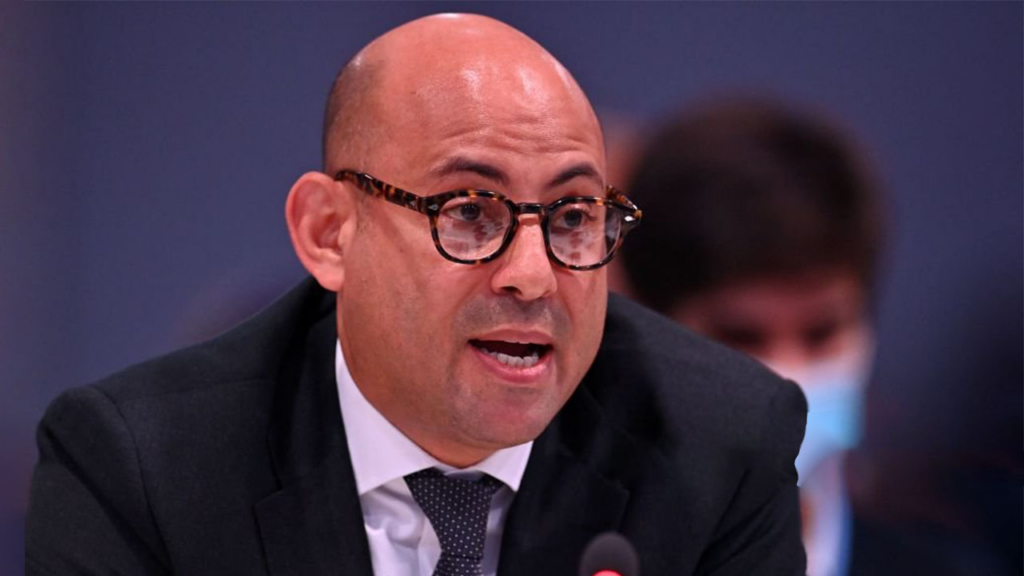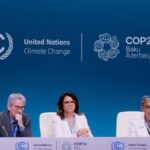COP29, held in Baku, Azerbaijan, concluded after intense negotiations. While the summit delivered key agreements, divisions and frustrations underscored the challenges of addressing the global climate crisis. Here’s a comprehensive look at the most critical takeaways and what they mean for the path forward.
COP29, held in Baku, Azerbaijan, concluded with several key decisions impacting the business sector:
- Climate Finance Commitment: Developed nations pledged to provide $300 billion annually by 2035 to assist developing countries in addressing climate change. This funding is intended to support adaptation efforts and the transition to renewable energy sources. However, some developing nations have criticized this amount as insufficient compared to the $1.3 trillion they deem necessary.
- Global Carbon Market Framework: After a decade of negotiations, COP29 finalized rules for global carbon markets under Article 6 of the Paris Agreement. This framework establishes mechanisms for trading carbon credits, aiming to mobilize significant investments in emission reduction projects. The agreement includes provisions to ensure the system’s credibility and effectiveness in reducing greenhouse gas emissions.
- Enhanced Climate Reporting Standards: The conference emphasized the importance of transparent climate reporting, urging businesses to adopt standardized disclosure practices. This move aims to improve accountability and enable investors to make informed decisions based on companies’ environmental impacts.
- Focus on Nationally Determined Contributions (NDCs): Countries are expected to submit updated NDCs by February 2025, outlining strategies to reduce emissions and adapt to climate impacts. This process encourages businesses to align their operations with national climate goals, potentially influencing regulatory environments and market dynamics.
1. A Climate Finance Deal
One of the summit’s central achievements was a commitment from developed nations to provide $300 billion annually by 2035 to support developing countries in combating climate change. The deal aims to fund two key areas:
Adaptation: Building resilient infrastructure, sustainable agriculture, and defenses against extreme weather events.
Energy Transition: Scaling renewable energy projects and reducing reliance on fossil fuels.
International controversy, the pledge falls short of the $1.3 trillion annually that vulnerable nations say they need. Developing countries like India, Nigeria, and Malawi expressed the agreement as insufficient.
Chandni Raina, India’s delegate, called the deal “a paltry sum,” stating, “This document is little more than an optical illusion. This, in our opinion, will not address the enormity of the challenge we all face.”

Chandni Raina, India’s delegate
Despite these critiques, UN Climate Change Executive Secretary Simon Stiell defended the commitment: “This new finance goal is an insurance policy for humanity…Promises must be kept, to protect billions of lives.”

The true challenge lies in implementation. The deal relies on contributions from a mix of public and private sources, including international banks, governments, and private investors. Experts warn that without concrete payment mechanisms, the promise could remain unfulfilled.
2. Carbon Markets: A Decade-Long Milestone Finally Reached
After years of negotiation, COP29 finalized rules for global carbon markets under Article 6 of the Paris Agreement. The agreement establishes two mechanisms:
Article 6.2: Allows bilateral trading of carbon credits between countries.
Article 6.4: Creates a global crediting system for emissions reductions projects
Carbon credits are generated by initiatives such as reforestation or renewable energy projects, and they allow countries or companies to offset emissions. Advocates believe the system could unlock billions of dollars for climate projects while driving down emissions.
“This is not some bit of arcane UN bureaucracy,” said Simon Stiell. “Carbon markets help countries implement their climate plans faster and cheaper, driving down emissions.”
However, concerns linger over transparency and enforcement. Carbon Market Watch criticized the agreement, warning of “cowboy carbon markets” with minimal oversight.
Jonathan Crook, their policy lead, said, “Countries remain free to trade carbon credits that are of low quality…without any real oversight.”

Related Article: Breaking News: COP29 Draft Deal Proposes $250 Billion Climate Finance Target, Faces Global Pushback
The success of the new rules will depend on how they are implemented and whether they genuinely drive emissions reductions.
3. A Critical Year Ahead for National Climate Plans
The road to 2030 hinges on countries submitting updated Nationally Determined Contributions (NDCs) by February 2025. These plans will outline each nation’s strategy to reduce emissions and adapt to the impacts of climate change.
Several countries, including the UK, Brazil, and the UAE, received praise at COP29 for ambitious NDC submissions. These plans focus on phasing out fossil fuels and scaling renewable energy.
UN Secretary-General António Guterres called on all nations to follow suit: “The end of the fossil fuel age is an economic inevitability. New national plans must accelerate the shift and help to ensure it comes with justice.”

The updated NDCs will be a litmus test for the global commitment to net-zero goals. For developing nations, meeting these targets will require the full realization of the $300 billion finance promise.
4. Opportunities for Host Countries
Located at the crossroads of Europe and Asia, Azerbaijan represents a unique geopolitical and economic perspective within the global climate conversation. As one of the world’s major oil and gas exporters, Azerbaijan’s reliance on hydrocarbons has long been central to its economy. Hosting COP29 allowed the country to highlight the challenges it faces in balancing economic realities with commitments to climate action.
In recent years, Azerbaijan has made public commitments to diversify its energy sector. The government has signed onto international climate agreements, including the Paris Agreement, and set a goal to reduce greenhouse gas emissions by 35% by 2030 compared to 1990 levels. COP29 offered Azerbaijan a platform to showcase its plans for renewable energy investments, including wind and solar projects, while seeking partnerships to accelerate its energy transition.
From a strategic perspective, the selection of Azerbaijan brought visibility to the challenges of fossil fuel-dependent nations, which are critical players in global climate action. It also underscored the importance of engaging all stakeholders, including those who must navigate the difficult transition away from hydrocarbons, in the global climate conversation.
5. COP30 in Brazil: The Next Big Event
COP30, set to take place in Belem, Brazil, is already being hailed as the “COP of COPs.” Brazil’s Minister of Environment and Climate Change, Marina Silva, emphasized the urgency of the next summit: “There is no more time to lose. Our objective will be to do what is needed to keep 1.5°C in reach.”
However, Brazil’s plans to expand fossil fuel production cast a shadow over its hosting role. Critics argue that aligning climate goals with fossil fuel production will be a significant challenge for the country.
Brazilian climate envoy Ana Toni promised a focus on “a just transition on stopping fossil fuels.” The upcoming summit will likely focus on finalizing frameworks for emissions reductions and solidifying commitments to renewable energy.
Final COP29 Takeaway
COP29 marked notable progress in advancing climate finance and carbon market mechanisms, showcasing the global community’s commitment to addressing climate change. While challenges such as funding gaps and geopolitical dynamics underscore the complexity of international negotiations, they also highlight the opportunities for collaboration and innovation.
Follow ESG News on LinkedIn
The post 5 Key COP29 Takeaways: Progress, Challenges, and What Lies Ahead appeared first on ESG News.
